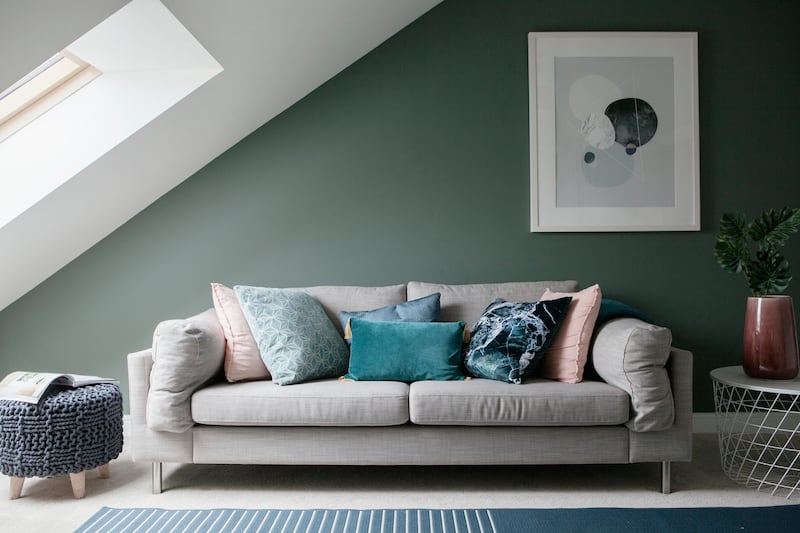Converting your attic is a great way to add some extra living space and increase the value of your home. But attic conversions are also among the most commonly botched home renovation projects. Despite being less complex than constructing an extension, they are fraught with potential problems when not done correctly. So before you jump into this exciting renovation project here are some of the most common mistakes I’ve seen and the solutions that will help you to get the most out of your attic conversion project.

Check your headroom
One of the biggest mistakes I see in attic conversions is insufficient headroom. This is a common issue because attics are often smaller than other rooms in the house and have sloping roofs. If you don’t have enough headroom you won’t be able to call the space a habitable room when you come to sell. Depending on the size of your attic space, you may also find that the finished room will feel cramped and uncomfortable.
To avoid this problem you’ll need to determine if your attic has sufficient headroom for a suitable living space. To qualify as a habitable room you will need a floor-to-ceiling height of at least 2.4 metres in 50 per cent of the usable space. This means you can call it an extra bedroom when selling your home. If you need clarification on whether or not your attic meets this requirement it’s worth getting a professional opinion before proceeding with any plans.
READ MORE
Do you need planning permission?
Another common mistake in attic conversions is not maximising the space to avoid going for planning permission. It might be tempting to rule out any work that requires planning permission to save time. But the three months you’ll need to wait for your approval isn’t a lot in the long run. Especially if it makes the difference between having a habitable room. So don’t be put off by planning. Yes, you are opening yourself up to opinions from neighbours and there is a risk involved, but compromising to avoid it is not wise.
If you plan to raise the roof or add any windows to the front or side you will likely need planning permission. Skylights at the rear of the property do not require planning permission but a dormer window will. It’s always best to check with your local planning authority before commencing any work.
Consult a structural engineer
A third mistake I often see in attic conversions is not considering the floor’s weight-bearing capacity. Attic floors are not usually designed to support the weight of furniture and people, so if you plan to use the space as a bedroom or living area you will need to reinforce the floor. Reinforcement can be done by adding support beams or joists to the existing structure. It’s essential to have a structural engineer assess the load-bearing capacity of your attic floor before you start your project to ensure that it can support the weight of your new space.
The structural engineer will also ensure that the work is carried out in accordance with building regulations. A certificate of compliance is required to certify that the work has been completed satisfactorily. When you come to sell the property these documents will be required so it’s essential to get them in order.

Design your staircase
One of the most significant mistakes I see in attic conversions is not considering the design of the staircase. When designing a staircase for an attic it is essential to ensure that it provides easy access while also complying with building regulations for safety and accessibility standards.
The stairs should allow comfortable access to the attic room without feeling cramped or constrained. This includes requirements for the height and width of steps and handrail and balustrade specifications.
Spiral staircases are the first thing that spring to mind, especially where space is tight, but they do take up a lot of floor area so they aren’t always the best option. Remember that getting things up and down from your attic space with a spiral staircase will not be straightforward. Ideally the staircase leading up to the attic should feel like a natural continuation of the existing staircase so it doesn’t feel like an afterthought. The more seamless the transition, the more cohesive your home will feel.

Layout
Finally, one of the biggest mistakes I see in attic conversions is not maximising the attic space. Attics can be tricky spaces to design because of their sloping roofs and unusual shapes. However, a successful design should eliminate any awkward leftover areas.
Utilise low, under-eave spaces for storage and ensure they are as accessible as possible. Consider built-in drawers instead of doors for easy access.
If you’re planning an en suite, consider headroom carefully. Toilets and baths can be placed in the lower part of the space, but basins and showers will need good headroom. Wall-hung basins and WCs are a good option as they need to be built out, allowing for recessed storage above, as well as giving the illusion of more space.















